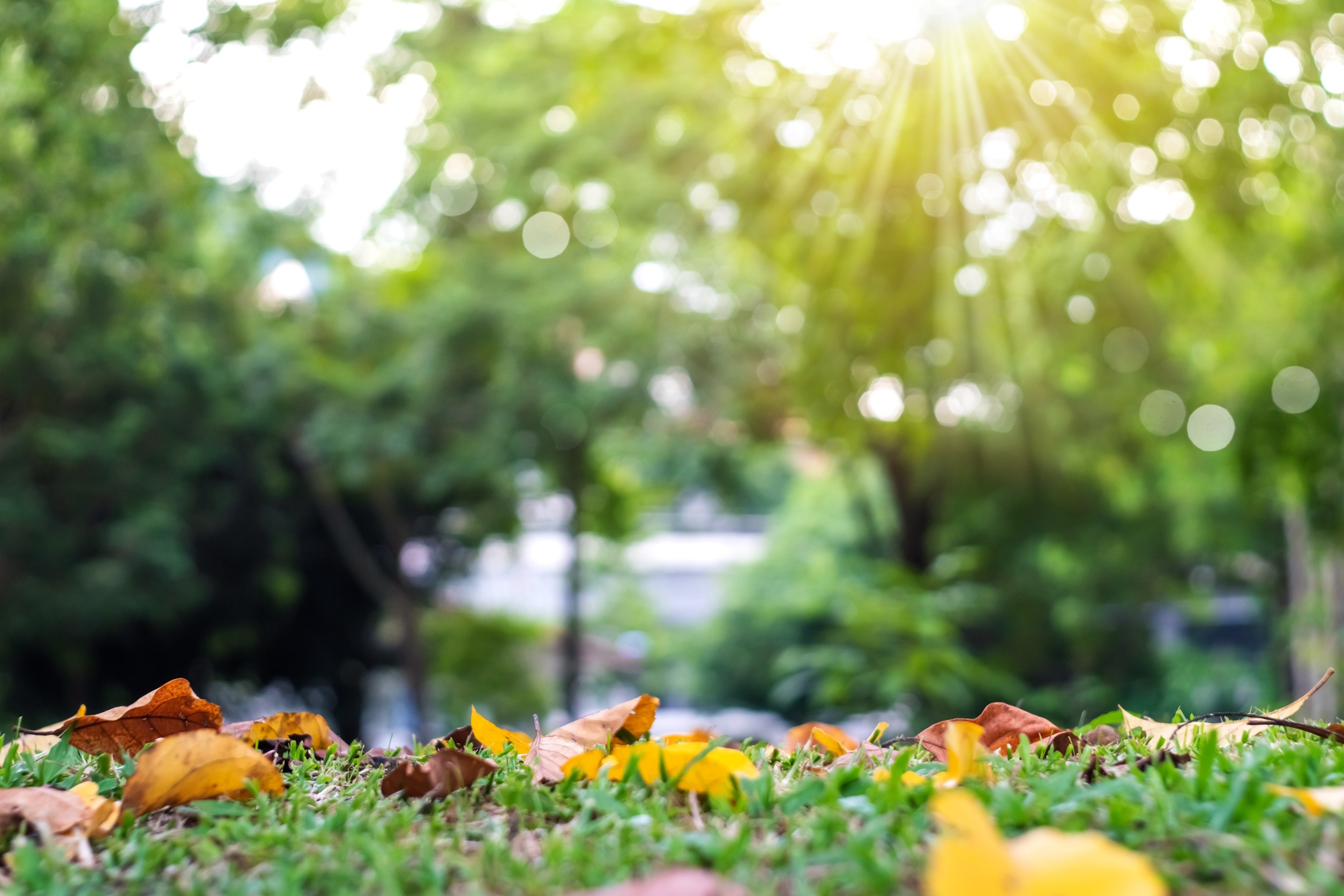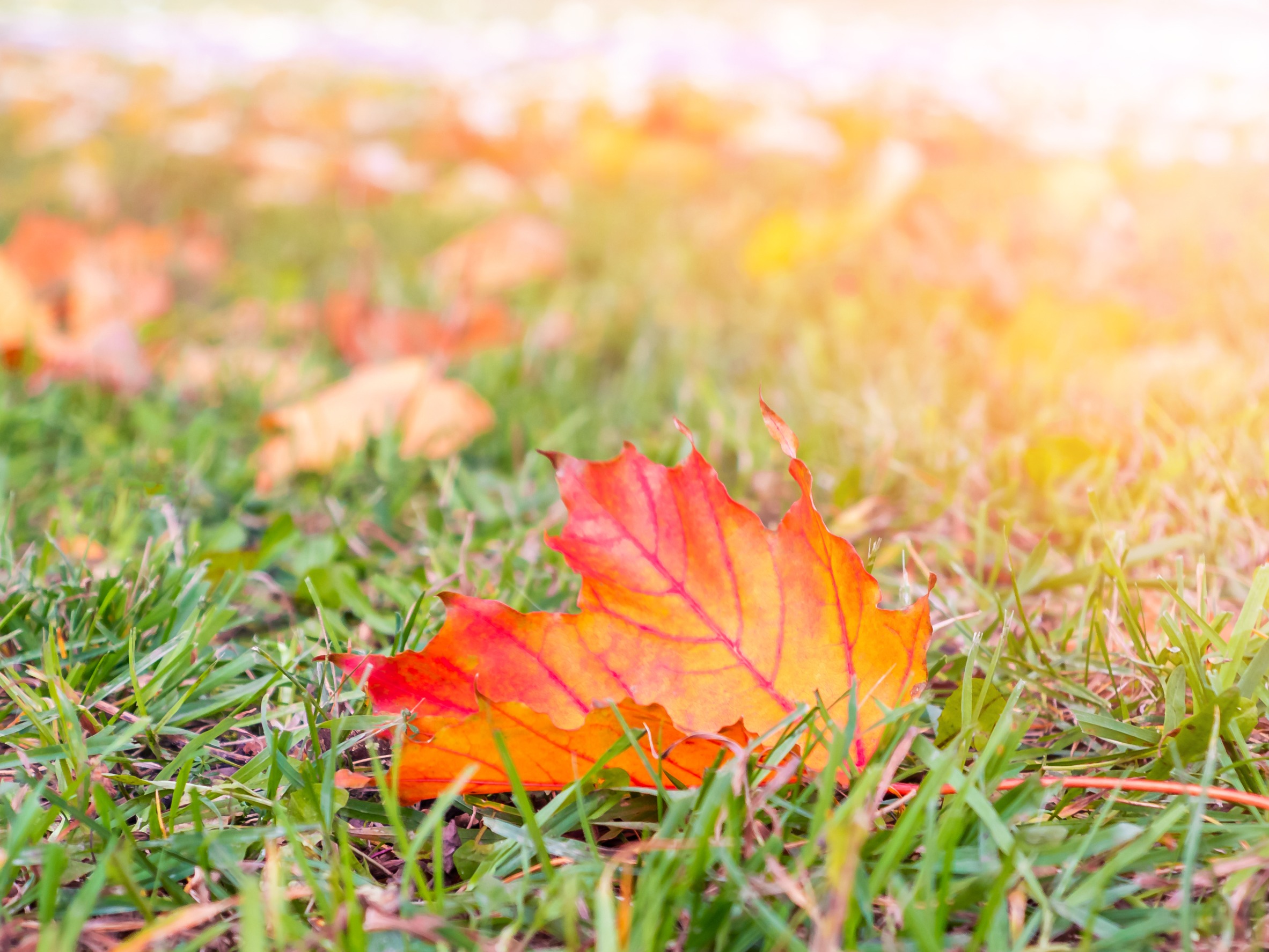As the temperatures begin to cool down and the days grow shorter, homeowners often start to wonder whether they should continue watering their lawns in the fall. In most cases, the answer is yes – to a point.
Texas is known for its hot, dry summers, which does take a toll on lawns and landscaping. Fall is an excellent time to help your lawn recover and prepare for the winter months ahead. However, it’s essential to adjust your watering schedule and practices accordingly to keep your lawn healthy and thriving.
Here’s what you need to know about watering your lawn in the fall:
Monitor Weather Conditions
Pay attention to the weather forecast and adjust your watering schedule accordingly. As the temperatures and humidity levels drop, you can reduce the frequency and duration of your watering sessions.
Contact us to get on our lawn maintenance schedule.
Water Deeply, But Less Often
During the fall, it’s crucial to water your lawn deeply and infrequently. Your lawn needs at least an inch of water per week in the fall.
The ideal time to water your lawn is in the morning when cooler temperatures and lower wind speeds help prevent evaporation. Make sure to water long enough to moisten the soil at least 6 inches deep, as deeper soil moisture promotes deeper root growth for the grass.
Read this publication published by Texas A&M University titled, “Lawn Water Management.”
Check Your Soil Moisture Regularly
To ensure you’re providing the right amount of water, it’s a good idea to check your soil moisture regularly. You can do this by inserting a screwdriver or other sharp object into the soil at different locations on your lawn.
The screwdriver should penetrate the soil easily, indicating the soil is moist enough. If it doesn’t penetrate easily, it’s time to water your lawn. Consider getting your soil tested to see if any nutrients are lacking.
Reduce Watering Frequency in Shaded Areas
Areas of your lawn that receive less direct sunlight will require less water, make sure to adjust your watering schedule and duration accordingly to reflect the light exposure in each area.
Besides watering, you lawn also needs an application of lawn fertilizer each fall.

Water less in shady areas.
Avoid Overwatering
Overwatering is just as harmful as underwatering. When the temperature drops, grass growth slows down, so the last thing you want to do is encourage the growth of turf diseases or fungi that thrive in wet environments.
If your lawn isn’t watered properly through the fall, you may find yourself needing a grass installation service.
Consider Implementing A Rain Gauge
A rain gauge can help you measure how much water your lawn is receiving from natural rainfall or sprinkler systems. This helps you avoid overwatering and saves you money on your water bill.
Conclusion
In conclusion, it’s crucial to continue watering your lawn during fall in North Texas. Despite the cooler temperatures, the soil can still become dry and need watering, making it essential to monitor weather and soil conditions closely.
Adjusting watering schedules and practices, such as watering your lawn deeply, watering less often, and reducing watering frequency in shaded areas, can help you maintain a healthy lawn year-round. Remember to keep your lawn’s individual needs in mind and employ good judgment to help your lawn stay healthy and beautiful during the fall season.
If you need help with your lawn care needs in fall or any season, a professional lawn care service provider like ours is always ready to help.

Give lawn at least an inch of water each week in fall.

